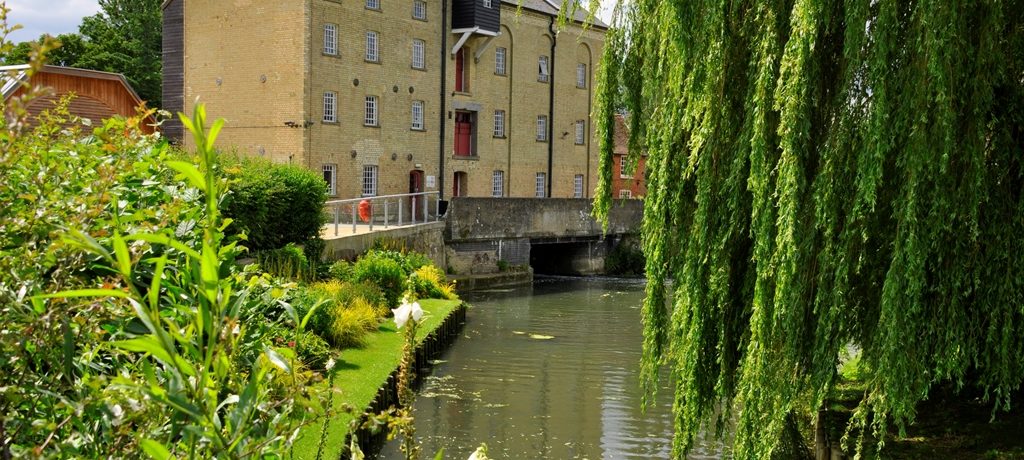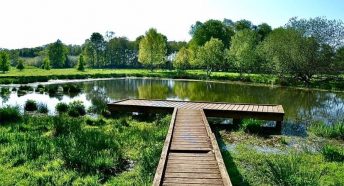I is for… Ivel
Our series of posts helping you to explore our county is an A-Z of Bedfordshire places, landscapes and history. Each post includes tips for walks and places to visit.
Bedfordshire’s best-known river is probably the Great Ouse which threads its way across the north of the county, through a valley of limestone villages. However, Bedfordshire is home to more than one river, and in this feature we explore the River Ivel in the east of the county.
The Ivel is a tributary of the Great Ouse, the rivers meet at Tempsford. To get there it flows north through Stotfold, Arlesey, Henlow, Langford, Biggleswade, Sandy and Blunham.
History
The river takes its name from the Gifle people who settled in the area in the Anglo-Saxon period. There is evidence of Danish settlements on the river, including at Beeston. These were probably used for over-wintering and took the form of D shaped fortifications.
In the eighteenth century the success of the Ouse navigation meant that it was extended to make the Ivel navigable to Biggleswade. The cost of the work, including making locks, creating a haling-way or tow path, and obtaining the necessary act of parliament was around £4,000. The work was completed in 1758 and the debts associated with it fully paid off by 1780. This brought benefits to Biggleswade in particular, where the wharves were now unloading a range of goods including coal from Newcastle, which could then be distributed around the region by cart. The Ivel Navigation was closed to commercial craft in 1876, the new Great Northern Railway line which served Biggleswade taking much of the trade. The area was well known for market gardening and the railway meant that the fresh fruit and vegetables would arrive in London much more quickly than by boat.
Mills
Both Stotfold and Jordans Mill are open to the public and sit on the Ivel.
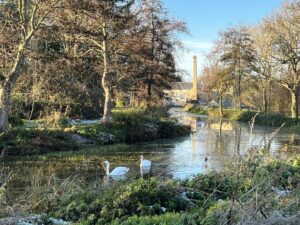
There have been watermills on the River Ivel at Stotfold since at least the time of the Domesday Book (1086). In 1887 John Randall, who was born in Stotfold, bought the mill and installed a steam engine to increase the efficiency of the process. In 1897 a new overshot wheel was installed, the 14ft wide wheel is the widest corn-mill waterwheel in the UK and can still be seen in the mill today. The mill closed in 1966, before being devasted by a fire in 1992. The Stotfold Mill Preservation Trust was set up as a charity to restore the mill to working condition and by 2006 corn was being ground again.
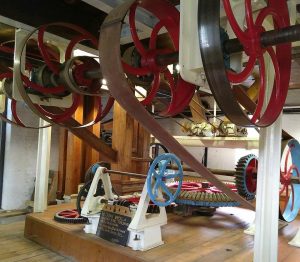
The Jordan family have been milling on the Ivel since 1855, although as at Stotfold, there has been a mill at Hulme since at least the Domesday Book. The mill building was last rebuilt following a fire in 1899. In April 2013, The Jordans Trust, a charitable trust founded to restore and renovate the mill, opened the buildings to the public. The design of the gardens takes inspiration from ancient field layouts, hedge patterns and the flow of the River Ivel.
Nature reserves
The Riddy is just south of Sandy, its meadows are a remnant of the flood meadows that would once have bordered much of the River Ivel. It is home to a wide variety of wildlife including grasses, aquatic plants, birds and water voles.
Stotfold Mill stands in an eight-acre Local Nature Reserve with native trees, hedges and a wildflower meadow. Ponds of varying depths benefit the local wildlife and there is a lovely one mile walk which meanders through the meadows and along the riverside.
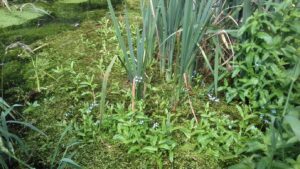
In Blunham a walk round the village will reveal some lovely historic buildings and a small nature reserve known as Blunham Marshes is a haven for wildlife.
Henlow Common and Langford Meadows are a 13-acre Local Nature Reserve of wet grassland. Kingfishers, terns and barn owls are visitors, along with otters. The grassland is managed by cattle between April and September which eat the coarser grasses, allowing the wildflowers to thrive.
Explore the Ivel
Stotfold Mill and nature reserve
Henlow Common and Langford Meadows
Biggleswade Riverside Path accessible countryside site
Stotfold’s conservation group, Teasel, have produced six short linked walks many of which also include stretches of the river.
The Bedfordshire and Luton Geology Group have produced an Ivel Walk leaflet.
